In the palm of your hand or actually resting on your lap, the tablet is a friendly companion. But beneath the sleek screen and entertaining apps, your device quietly collects far more data than you might realise. Whether you’re browsing, streaming, switching between tabs, or tapping away at emails, the tablet is busy gathering details: from your location to the subtle rhythms of your usage. Over time, all of that adds up to a surprisingly rich portrait of you, your habits, preferences, and even moods. In the sections that follow, we explore nine distinct ways your tablet collects data you might not consciously notice.
1. Location Tracking and Geofencing
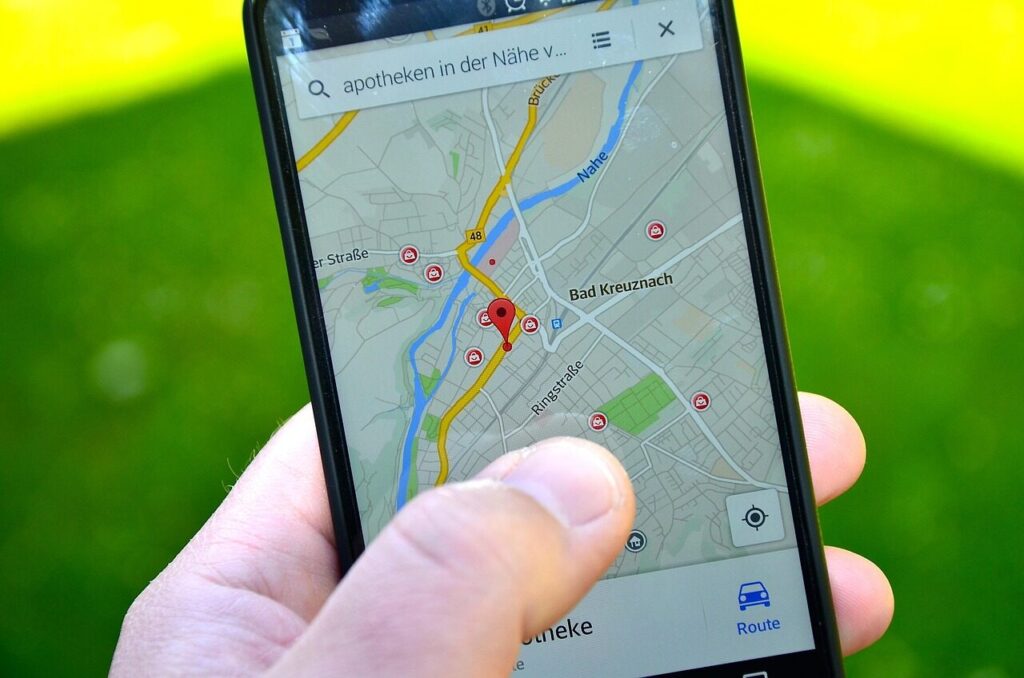
Even when you aren’t explicitly mapping your route, your tablet often knows roughly where you are. It uses GPS, Wi-Fi network triangulation, and cell tower data to determine your location. Some apps request “always on” access or wake up location sensors in the background, enabling the device to register patterns like where you live, work, or commute. Geofencing features then tag when you cross artificial boundaries, say, entering or leaving a store zone. Over time, this yields predictive behavioural modelling: what venues you visit, how long you stay there, and your likely next move.
2. Sensor-Based Movement and Activity Signals
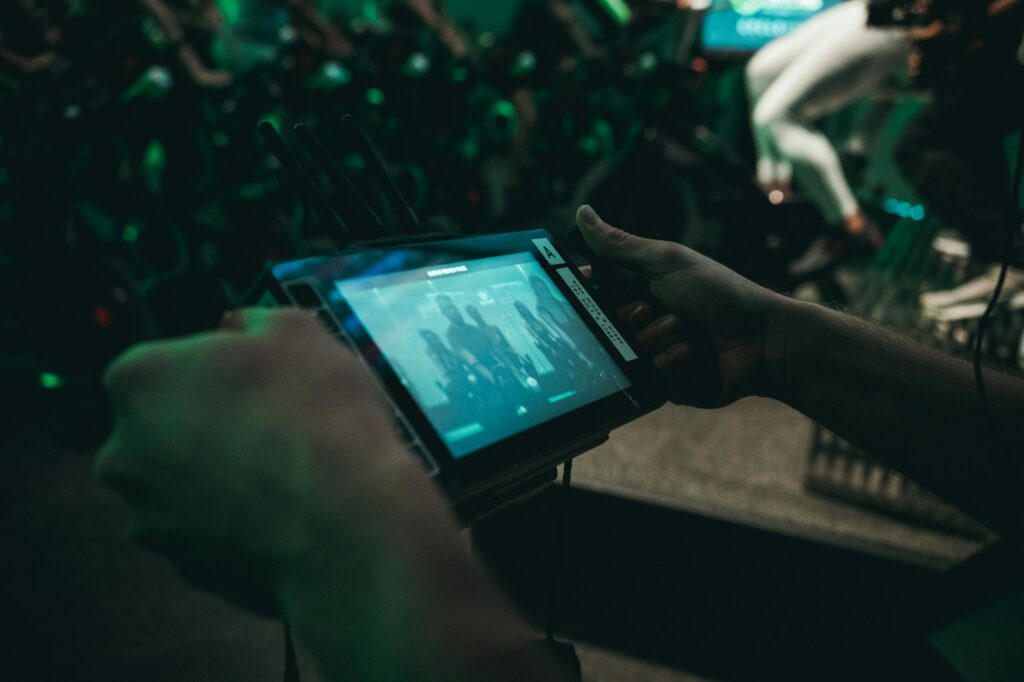
Your tablet isn’t just listening to what you tap; it senses how you move. The accelerometer, gyroscope, magnetometer, and even ambient light sensor feed data into motion-profiling systems. Subtle shifts, whether you’re typing in bed, walking around a room, or bouncing in a car, are captured. Some apps interpret this data to gauge your activity level or posture, but they can also infer context: are you sitting, on a bus, or perhaps on a treadmill? That means your tablet is quietly building a picture of when, where, and how often you move information, frequently traded for personalised recommendations or ads.
3. App Usage Behaviour and Interaction Analytics
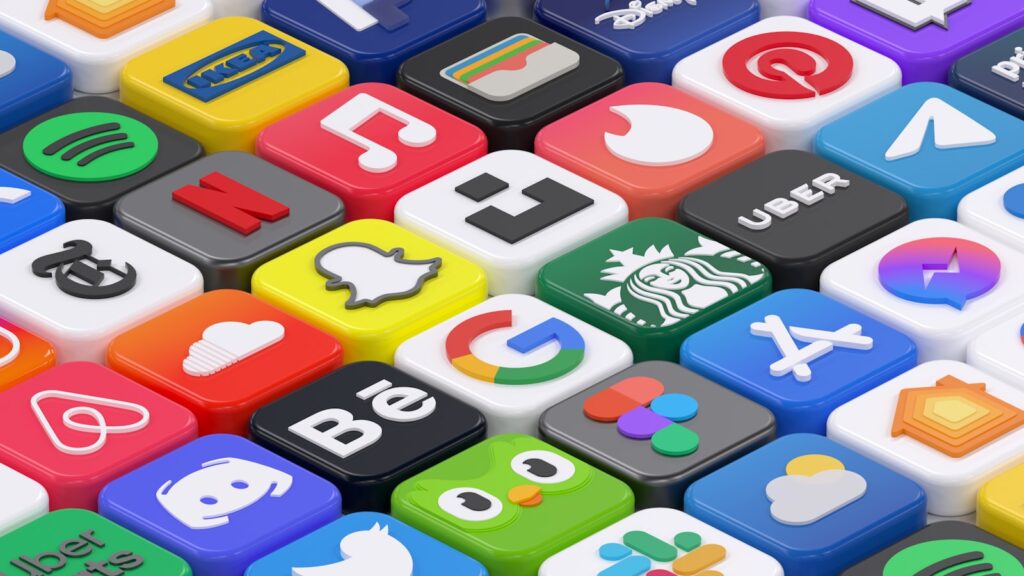
It is easy to think you are only giving data while actively using an app, but your tablet logs far deeper patterns. It monitors which apps you open, how long you linger on each screen, your scrolling speed, the gestures you make, and even how you exit an app. Analytics SDKs embedded within apps gather this information and often send it to servers. This behavioural data helps companies understand how you engage with the software, which features hold your attention, or drop you off. Though useful for designers, it also means your tablet is continuously tracking what you do with digital tools and for how long.
4. Keyboard, Touch, and Typing Patterns
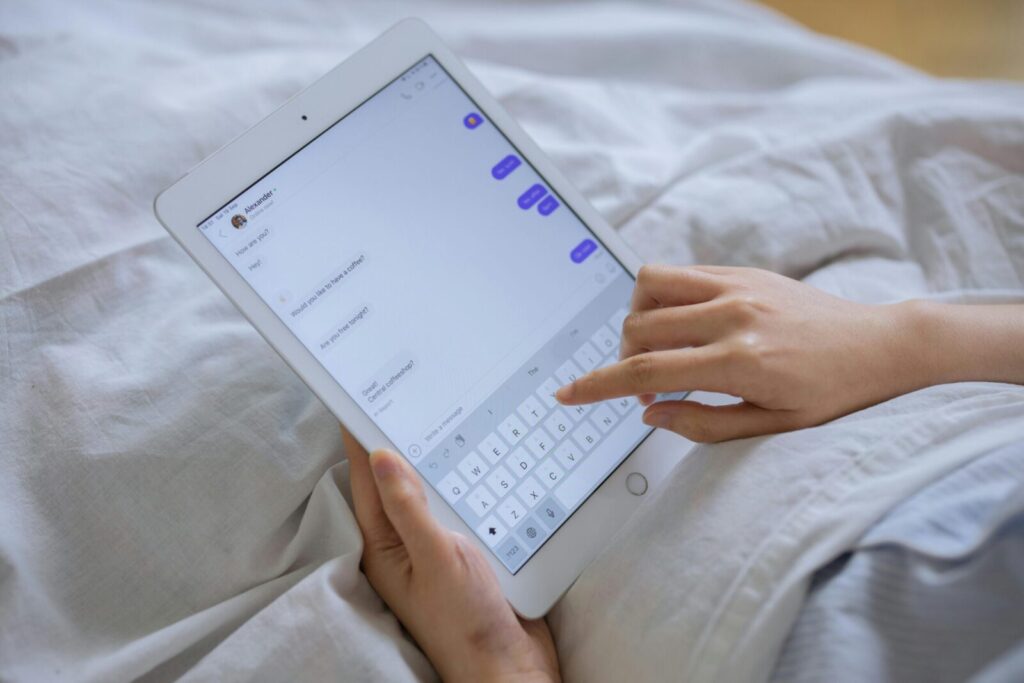
Beyond what you type, your tablet observes how you type. The timing between keystrokes, pressure on the touchscreen (on certain devices), and even the rhythm of your taps can be logged. Research has shown that acoustic side-channels can pick up tap sounds and infer what keys are pressed. These subtle patterns are used for authentication or behavioural profiling. In short, your tablet can potentially recognise your typing signature, how often you correct, pause, or hesitate, and build up a deeper profile of your digital habits than simply the words you enter.
5. Microphone, Camera, and Ambient Data Capture
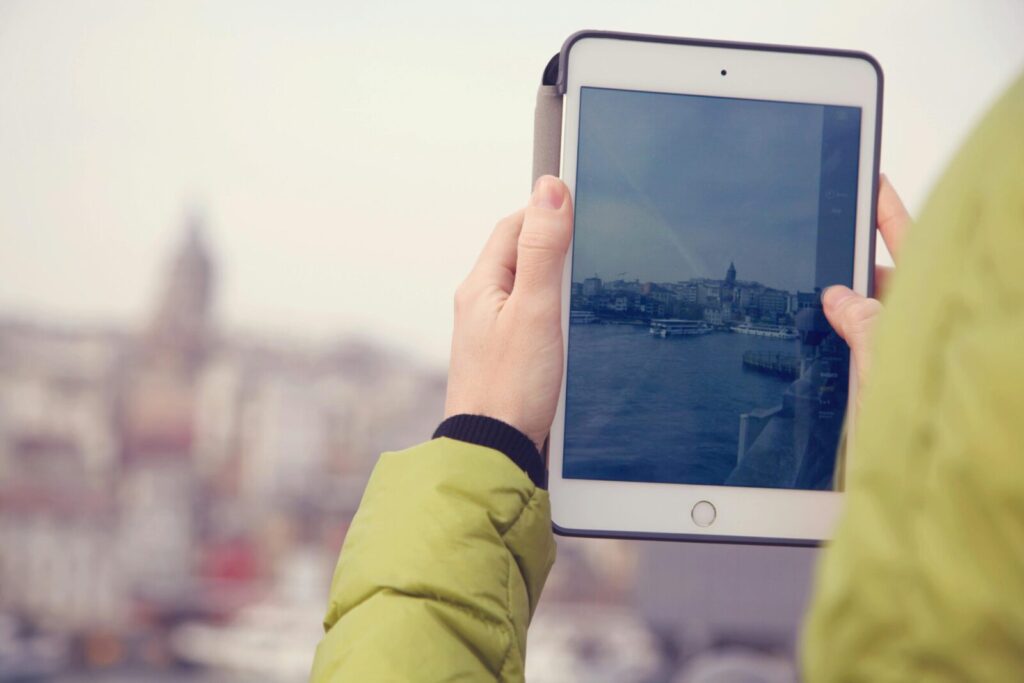
Your tablet’s microphone and camera hardware come with potential privacy blind spots. Beyond voice-assistant commands or video calls, background access (sometimes requested by apps) can capture ambient sound, detect presence in a room, or pick up patterns of chatter and movement. Some apps may ask permission to record or monitor even intermittently for “personalisation” or “enhanced experience”. Moreover, the camera might sense lighting conditions, use facial recognition, or measure your face orientation over time. This results in a rich stream of ambient environmental data, sometimes when you least suspect it.
6. Network, Wi-Fi, and Bluetooth Proximity Data
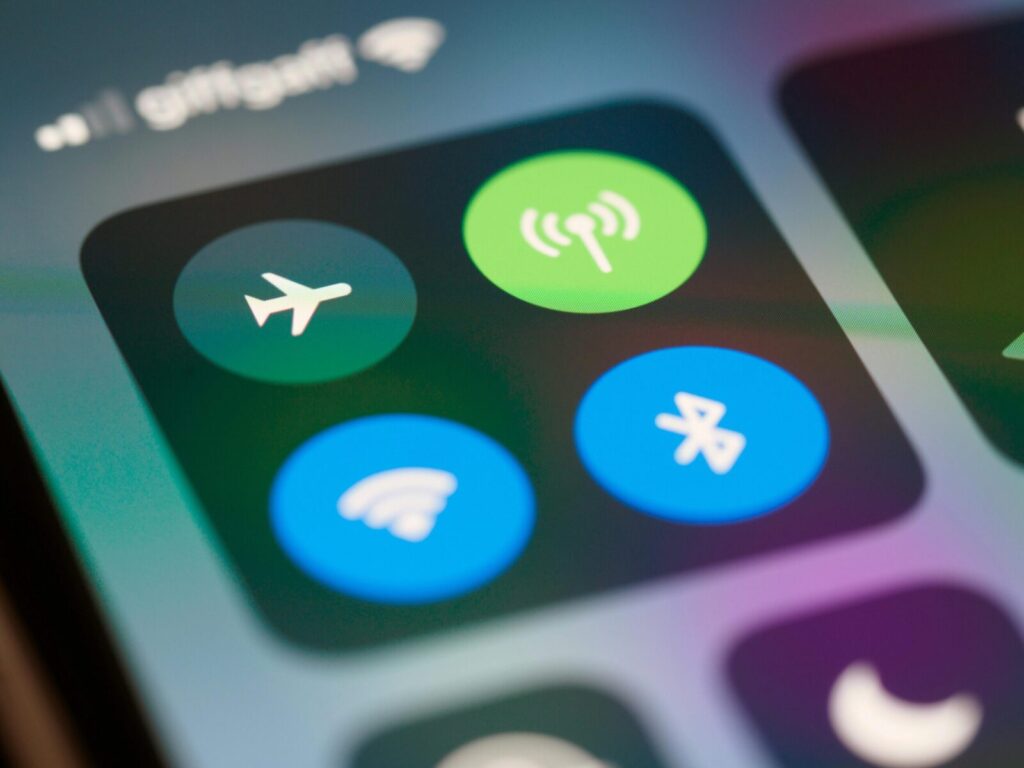
When your tablet connects to Wi-Fi or Bluetooth, it’s not just about the internet or headphones. The device logs networks you’ve connected with previously, the signal strength and even the unique identifiers of nearby Bluetooth devices. Retailers and location services use onboard Bluetooth beacons to detect your arrival or departure. Meanwhile, your tablet notes the networks it sees even when you don’t join them. This creates a map of your social and spatial environment: who else or what devices were around you, for how long, and what that implies about your routines and relationships.
7. Content, Media, and Consumption Patterns
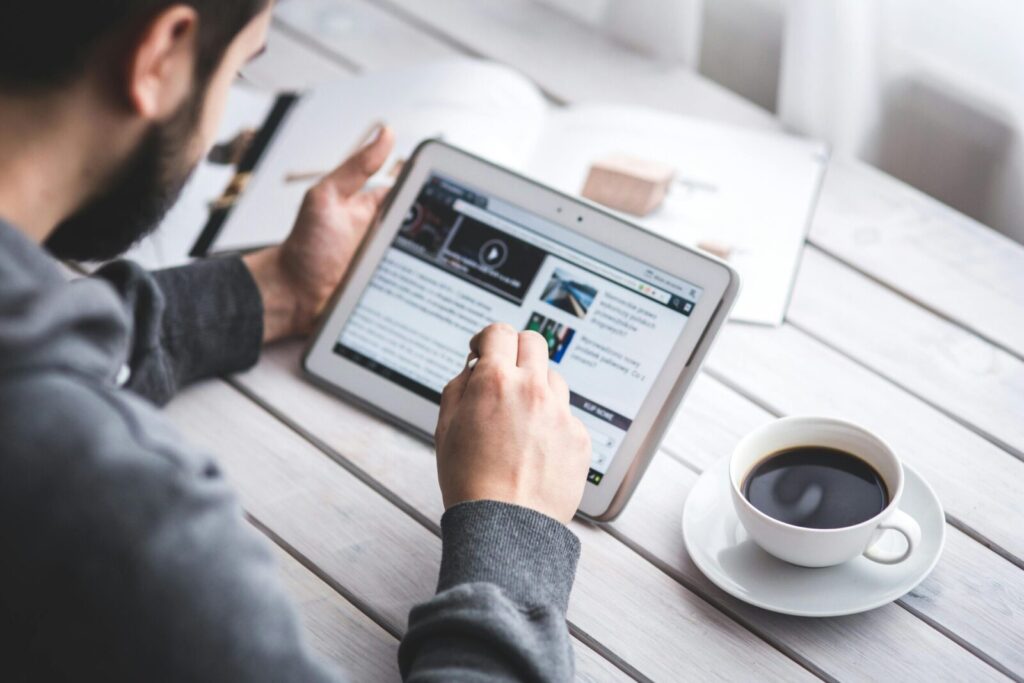
Consider how you watch shows, scroll social media, or read articles on a tablet. Every piece of content, every pause, every re-watch or rewind yields data. The tablet records which videos you watch, how fast you skip through them, how long you stay on a page, and what you share. These patterns help streaming services, platforms, and ad networks build detailed content-preference profiles. But while you may think you’re simply enjoying something for leisure, the device is logging your tastes, mood rhythms, favourite genres, and even how you engage with them and tailoring future suggestions accordingly.
8. App and Device Health Metrics Transmission
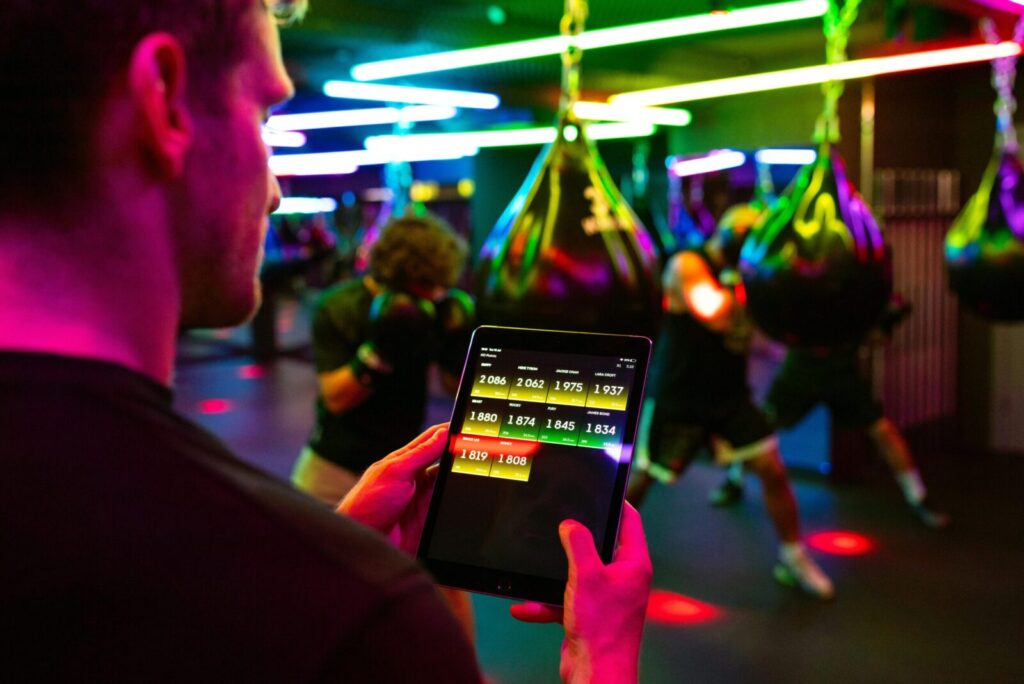
Under the hood, your tablet and its installed apps transmit device-health and usage-metrics to servers. These include crash reports, performance logs, battery drain patterns, CPU/GPU usage spikes, memory allocation, and even usage of internal sensors. While this helps developers improve stability, it also means your hardware behaviour becomes part of data streams. Your tablet quietly broadcasts how you use it: when you charge, how often you leave it idle, which features you engage, and how hard the device is working on your behalf. That data contributes to device-profiling models.
9. Cross-Device and Cloud Sync Data Aggregation
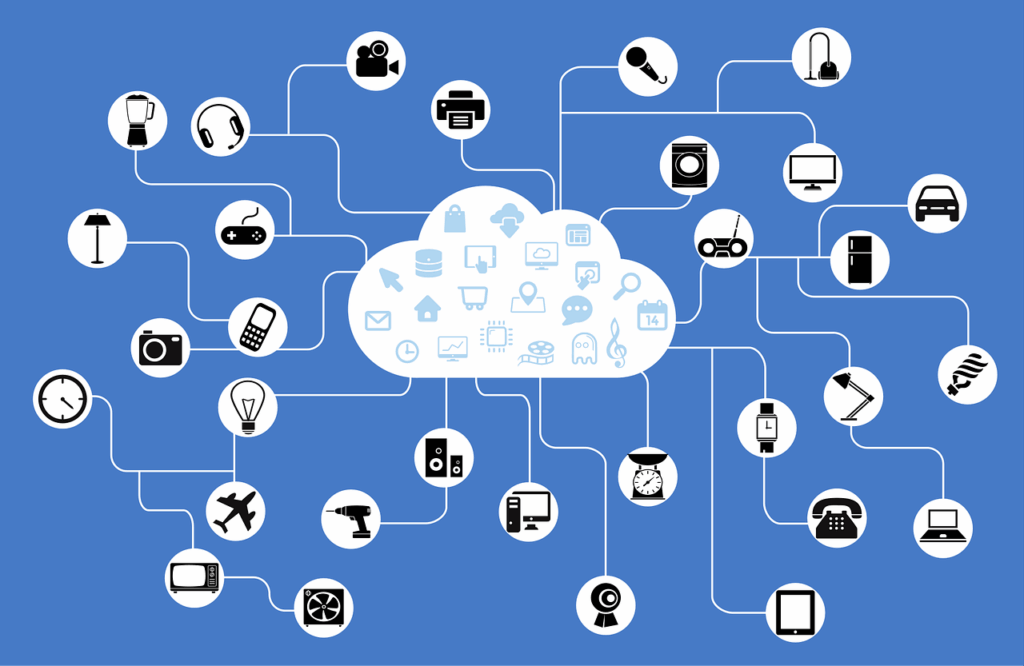
In a world where we seamlessly switch between phone, tablet, laptop, and smart speaker, your tablet contributes to a larger network of synced data. Every time you log in to cloud services, access shared apps, or use cross-device features, your tablet’s data merges with data from other devices. This allows for deeper interpolation of your habits: what you do on Monday morning on your tablet might tie into what you did on your phone Saturday night, where you were, how you typed, and how you moved. Services compile this multidimensional profile to personalise everything from ads to suggestions, and often, you don’t see the full chain of how your tablet is feeding into it.
Comments